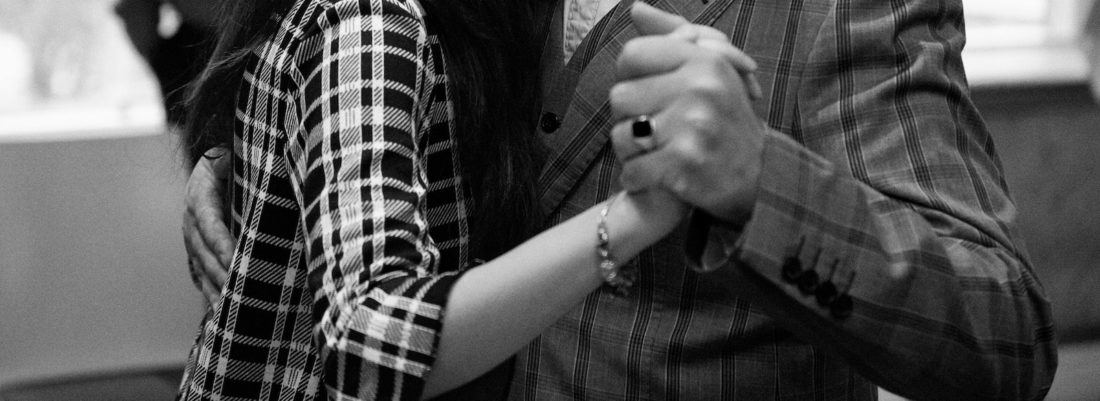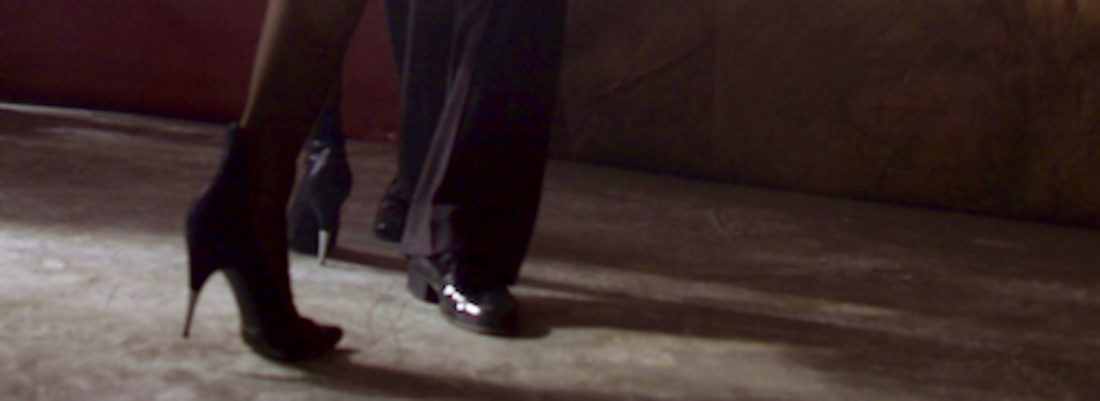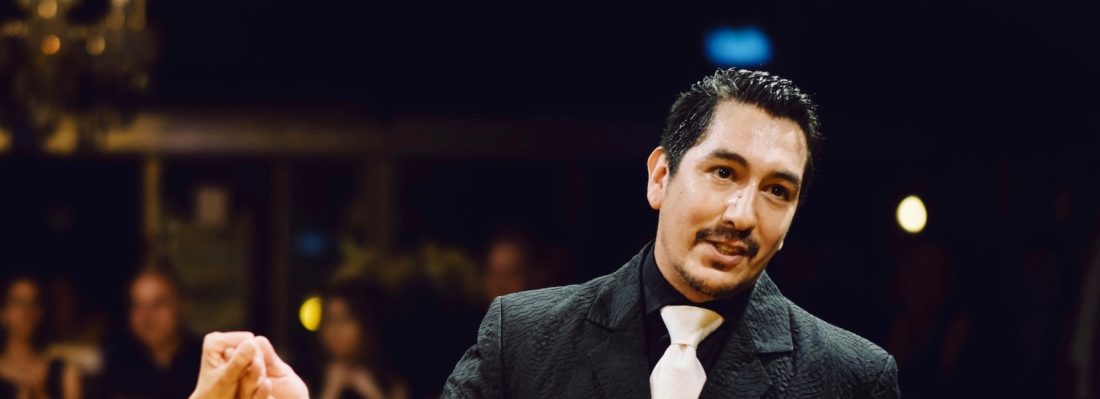What makes a successful milonga?
From my point of view, there are several aspects that are important for a pleasant milonga. Here is how I imagine it…
The dance floor always offers enough space for a movement forward. The dancers are considerate and do not enter the dance floor when it starts to get crowded. There is a continuous movement of the dance couples.
Dancing is characterized by the attention to the dance direction, the “ronda” and “flow” of the dance floor. The assumed dance level of each dancer is secondary on a milonga. How many steps are mastered in the dance class is not as important as the ability to navigate and self-control, for both roles.
Friendliness and openness of the service are very important. The host is there for all visitors, welcomes friendly and greets everyone, experienced milongueros and beginners alike. A successful milonga is characterized by the personal character of the organizers, which is reflected, for example, in the choice of music, location, lighting, etc.
Refreshments and especially water, and maybe typical drinks such as a whiskey and a Baileys are not missing. Something more than just the “minimum” should already be there to get through the tandas cheerfully.
The music is varied and atmospherically different. There are at least two highlights during the evening. Personally, I find milongas that are characterized by pieces from the 40s and 50s the most beautiful. Later and contemporary interpretations of traditional themes, such as by the orchestras Colortango or Misteriosa, can also contribute greatly to the listening pleasure.
And last but not least: in a good milonga there is not only enough space to dance but also to socialize, to have conversations, to meet new people. This is also favored by the room itself. A bar, an adjacent room and/or sufficient seating promote the conversation, so that the evening is not only dance-focused. The dancers can relax and refresh themselves in peace and always show themselves well-groomed.
When I think about it, I do not see a universal recipe for a successful milonga. A strong soul, the love of dance and the personal hospitality of the organizers can conjure up a unique experience from the different venues, sizes, times, audiences, etc.
That is why we dancers go out again and again – in search of that special something.



